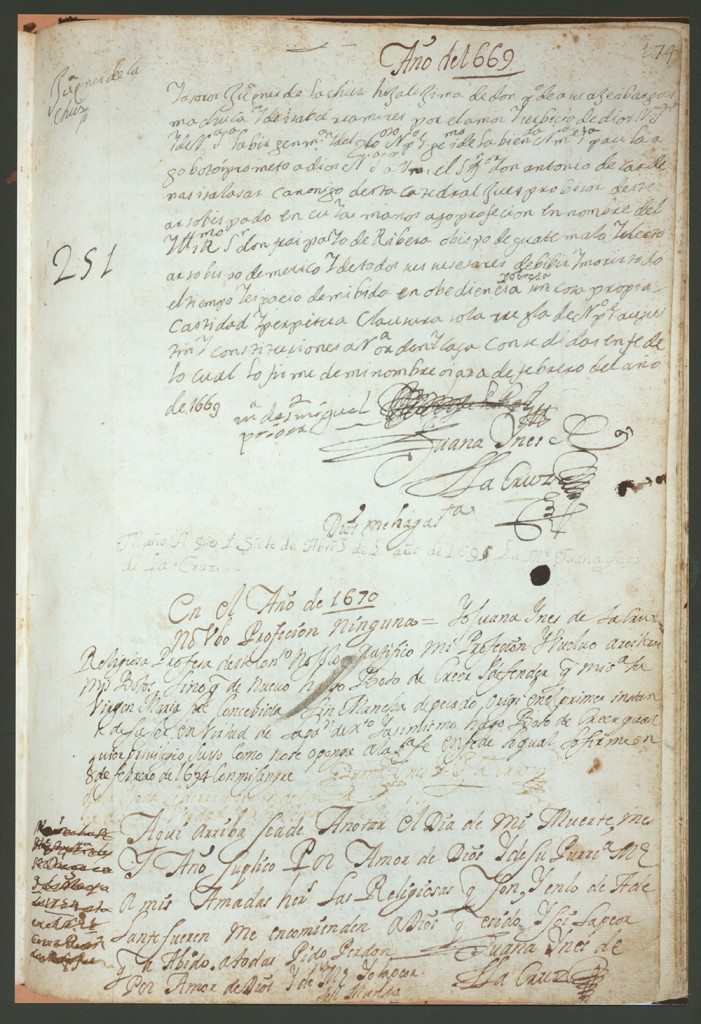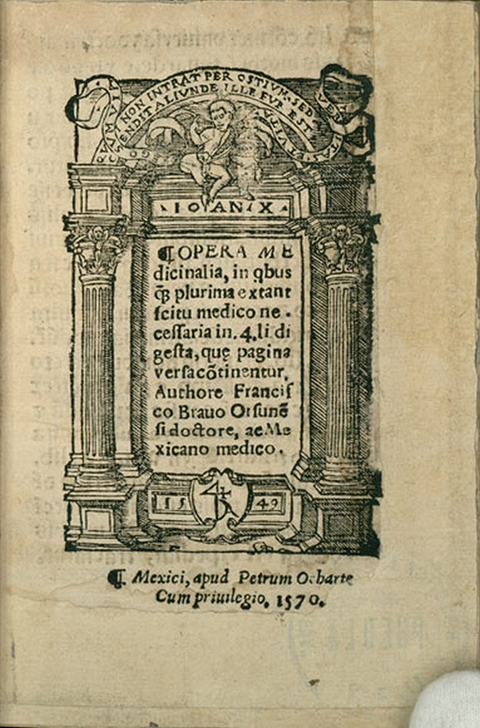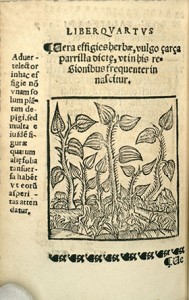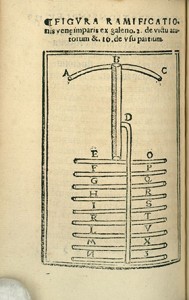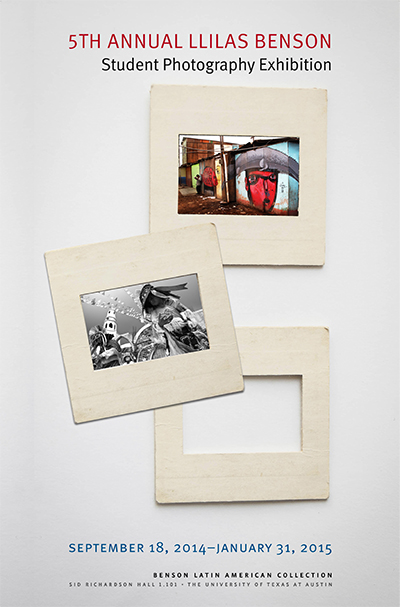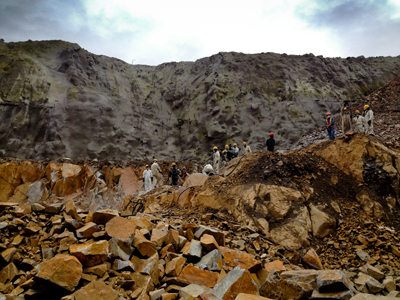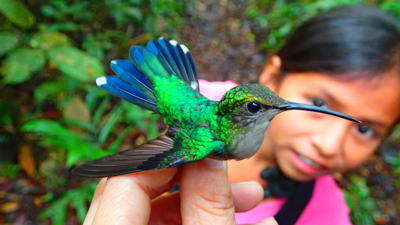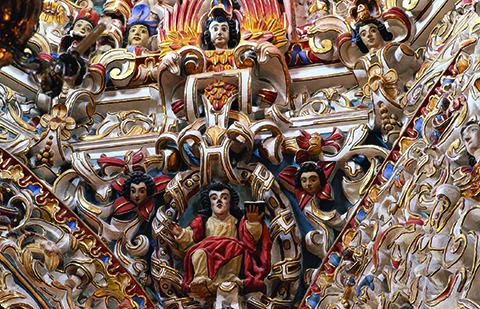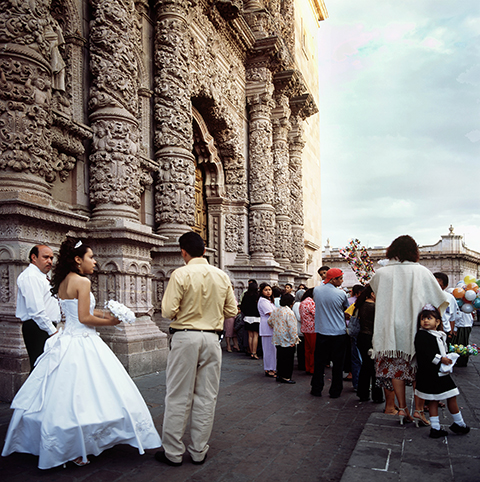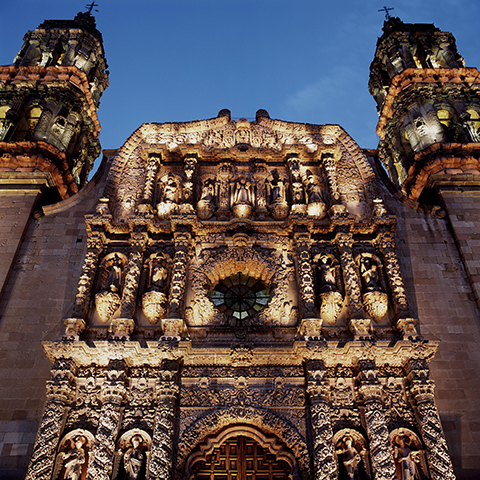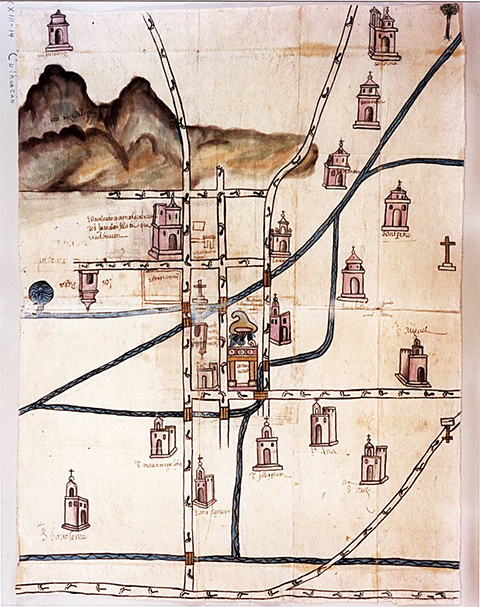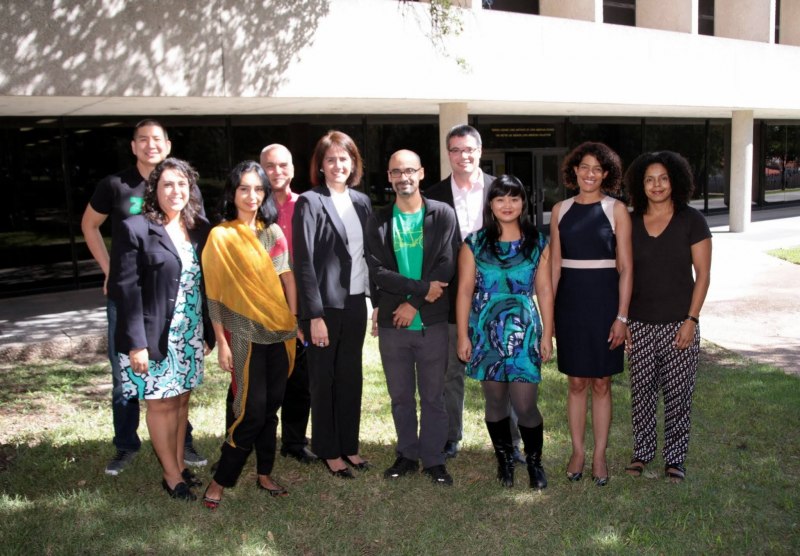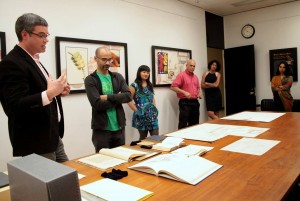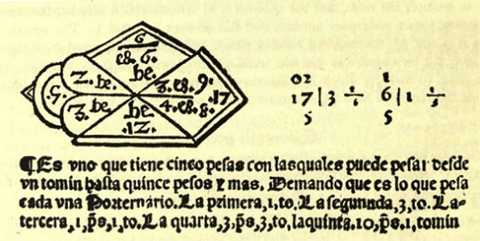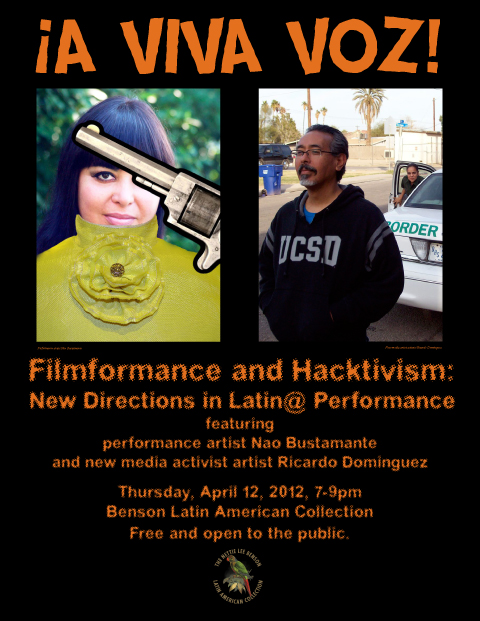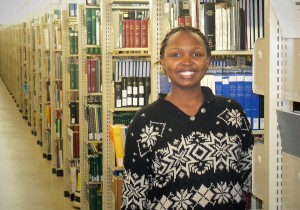
For a little over two weeks in January and February, UT Libraries was the home base for a visit by Rwandan Dydine Umunyana who works with Aegis Trust, a project partner with the Libraries’ Human Rights Documentation Initiative. HRDI project manager and Benson Collection archivist Christian Kelleher sat down with Dydine to ask her about her work in the U.S.
We’re so excited to have you here, Dydine. Can you tell me what brought you to the U.S.?
I came to the U.S. to advocate for young people from my country and to bring awareness to youth internationally as a Youth Ambassador for Peace from Aegis Trust, a nonprofit organization that combats genocide around the world. Aegis is based in England where they run the National Holocaust Center and Museum, and they help manage the Kigali Genocide Memorial in Rwanda.
UT Libraries connected to Aegis Trust and the Kigali Genocide Memorial through our partnership to preserve documentation of the 1994 Genocide. How did you first get involved with Aegis Trust?
In 2009, I was selected as one of 30 influential students at my high school and they brought us to the Kigali Genocide Memorial to learn the real history of my country and to go through their peace-building education program. The goal of the peace-building education program is to learn from the past, to help to stop cycles of hatred and be able to build the future. A few years later, as a result of what I had learned from the peace-building education program, I started a nonprofit company Umbrella Cinema Promoters that educates young women in Rwanda to share their own stories through film. We had a workshop in 2013 and launched the organization then, and that’s when I reconnected with Aegis Trust and was appointed a Youth Ambassador.
Tell me more about your filmmaking work!
After my high school I wasn’t able to continue my university studies, as so many young people in Rwanda. I had experience as a singer and songwriter, and I was asked to compose a song for a short film. I had to spend a week in the studio composing the song and learning the story of the film, and I also learned how they were doing things about filming and scriptwriting and I became so much interested in how they were making the film. So I went home and began writing a script for my own short film. In Rwanda you can’t do shooting of a film without permission from the government, so I went to the Ministry of Sport and Culture for a recommendation letter but they refused because I didn’t have a company that I worked for. I got the idea that I probably wasn’t the only young person who had ideas but no organization for support, so I decided I should start my own nonprofit company for that purpose, to encourage and empower young women to tell their own stories. I met some students from USC who were in Rwanda and they asked if I had a project and I took my script and called all my friends and we shot my first short film about the problem of HIV in Rwanda.
What have you done during your time visiting the University of Texas?
I’ve done a lot! I toured UT and it was tiring because of how big it is. I’ve been here for more than two weeks and I have had so many meetings engaging and bringing awareness about what’s going on in post conflict countries. I met with students in the White Rose Society at Texas Hillel and from Amnesty International, and with professors in so many departments like Women’s and Gender Studies and Theater and more. And I’ve spent a lot of time in the library because of the partnership between you and Aegis Trust and the Rwanda Genocide Archive.
And beyond UT, what have been some of the things you’ve done in Austin?
I met with Greg Kwedar who is producer of an amazing film Rising From Ashes about the Rwanda cycling team. I’ve experienced different food like barbecue and how Texans are so proud, and with [retired Vice Provost and Director of UT Libraries] Fred and Jean Heath I visited the Capitol building and learned about La Belle and the history of Texas at the Bullock Museum with the giant star. One day in the night I watched Selma, which was a great film for me to see how you can resolve conflict without fighting and I think it should be screened everywhere in the world, and in the morning went to the LBJ Library and saw how was America at that time. I didn’t even know there were libraries for presidents and I was able to listen to his calls with Martin Luther King and others!
Learn more about Dydine on her blog http://dydineadventures.com/, and Aegis Trust at http://www.aegistrust.org/.

